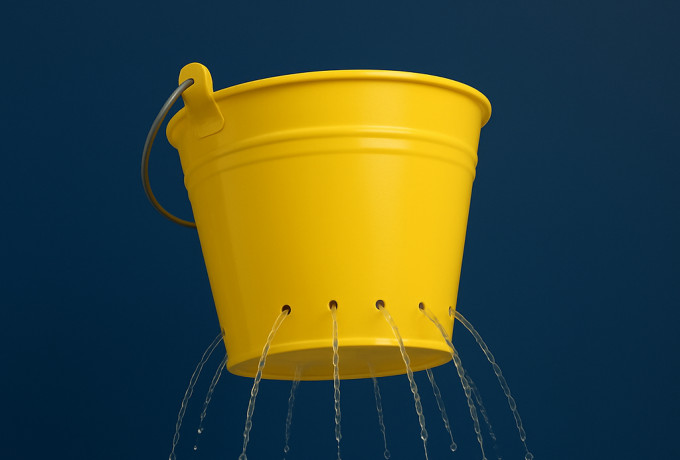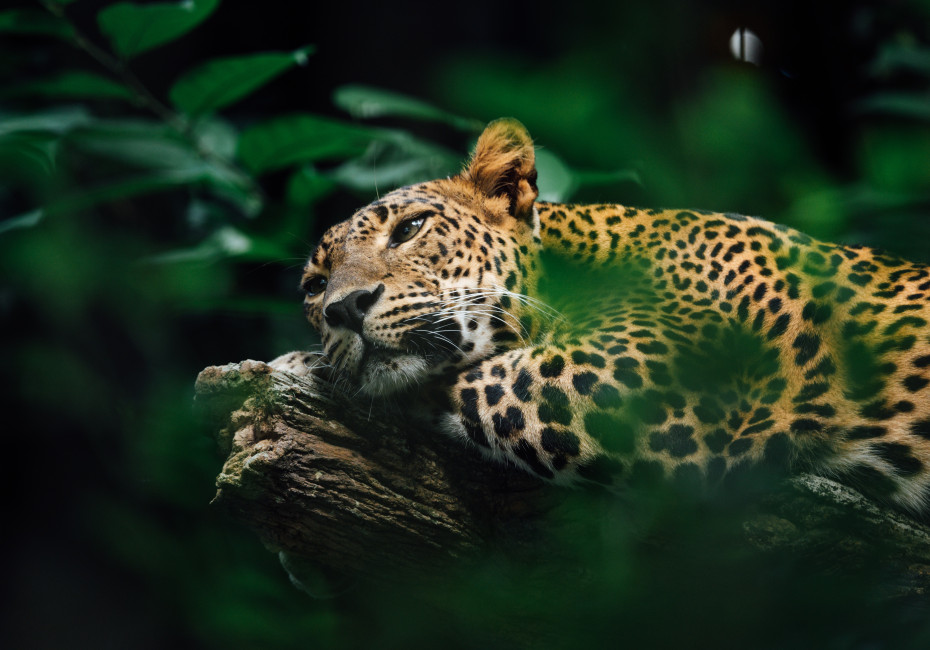Earlier this year we challenged ourselves to calculate an accurate carbon footprint for our business so that we can both offset the emissions from the studio but also identify areas where we could become a little greener.
Root Studio has always been run as an environmentally conscious agency being a long-time advocate for using recycled materials for our clients’ printed items as well as sustainable and recyclable materials for long-term products such as outdoor signage. Over the years we’ve used solar power for our office space and also our web hosting services, we’ve planted trees, adopted polar bears and more recently, like a lot of businesses, we’ve adopted a hybrid working model and regularly meet with clients over Zoom (cutting down on our overall mileage). Despite all of this, we’ve never had a firm grasp on our actual impact on the environment. So we set ourselves the task and started some research.
Calculating a design agency’s carbon footprint
After trawling the web for carbon calculators and footprint advice we found that the vast majority of these tools are either very basic (asking for just a few minor details from our business) or overly generic (making generalisations based on how ‘standard SMEs’ operate). These approaches were a bit too quick and easy and weren’t really helping our aim of getting a true picture of our impact.
Eventually we came to the conclusion that the best and most accurate way to calculate our emissions would be to create our own spreadsheet detailing everything and anything we could think of that would be contributing to our emissions. This included contributors such as:
the studio’s energy & water usage (including home offices when working remote)
waste materials
commuting by car/public transport
our equipment (assessing a year’s worth of emissions from their average lifespan)
consumables such as coffees, teas and lunches
our web and cloud hosting sources
printed items ordered directly through the studio
For each of these items we tallied our usage and sourced estimates for their equivalent CO2e per kg in order to calculate our CO2 impact in tonnes.

Offsetting our carbon footprint
We now had our footprint which, for our business year 2020/21 totalled 12.84 tonnes of CO2 (we’ve then rounded this up to 13 tonnes to be sure). So what now? The next steps were to offset our carbon footprint in order to officially become carbon neutral.
After researching the various methods of offsetting your carbon there were a few issues that we encountered…
Offsetting 13 tonnes is actually very simple as it’s a pretty small footprint for a business. This didn’t feel like we were doing enough so we decided to increase our offset… to closer to 600 tonnes - maybe we got a bit carried away!
There is a lot of green washing out there so deciding who to offset with and how was a tricky decision. Did you know for example that it takes a tree around 100 years to absorb 1 tonne of carbon? Some providers would say that planting 13 trees is therefore enough to offset our 13 tonnes, but what if some of these trees don’t last 100 years? As such we identified a number of reputable sources that offered a number of different ways to offset so that we were covering all the bases and ensuring our emissions are covered in as short a timespan as possible
Planting trees, whilst creating fresh habitat, didn’t solve some of our other concerns which were the protection of endangered species and the protection of vital rainforest that is being lost on a daily basis

How we decided to offset
We offset 13 tonnes by planting seagrass through the Ocean Foundation (interestingly, seagrass absorbs carbon up to 35 times faster than trees!)
We planted 100 mangrove trees in Indonesia through SeaTrees. This offsets up to 500 tonnes over their lifetime, helping to protect Biak Island from storm-surges and sea-level rise, creating habitat for threatened species and providing sustainable employment for local villagers.
We donated 11,250 seed balls to the Mara Elephant Project in Kenya. Not only did this offset up to 20 tonnes over the lifetime of the native trees planted but it re-establishes green habitats for their local elephant population and supports the Mara team with their anti-poaching and research activities.
We have signed up to offset a further 60 tonnes through Carbon Neutral Britain. Within this agreement we have become officially carbon neutral whilst planting 240 trees and supporting green energy projects across the globe.
We have saved an acre of rainforest through the World Land Trust. Purchasing and protecting an acre of Belize rainforest conserves green space and habitats for a wide spectrum of species including hornbills, jaguars and Yucatan spider monkeys.

What else can we do?
Looking back at our calculations we’ve been able to identify areas that are within our control and perhaps we’re able to reduce or replace with a more sustainable alternative. This includes:
Reducing our energy consumption where possible
Using public transport and walking or cycling to work where appropriate
Continuing with our hybrid working model to reduce our impact from commuting
Re-assessing our digital suppliers to ensure they’re as efficient as possible in terms of their own energy consumption
Continuing to care for our equipment to ensure it lasts as long as possible and recycling wherever possible
Switching to using more plant-based alternatives for our consumables
Continuing to make sustainable choices with our clients’ printed items

Looking ahead...
Needless to say we’re all really proud that we’ve been able to make a difference as a result of this process and we’re committed to re-calculating and over-offsetting our footprint every year now and will look into all sorts of different ways we can make a positive impact on the world.
For more news follow us @rootstudiouk
Similar posts

In a world crammed with endless scrolling, pop-ups, flashing offers and ‘read more’ rabbit holes, the real competition isn’t just other businesses - it’s cognitive overload.

Most websites don’t have a traffic problem - they have a conversion problem. Conversion Rate Optimisation (CRO) is simply about spotting issues and opportunities and gently guiding more of your visitors to take action.

